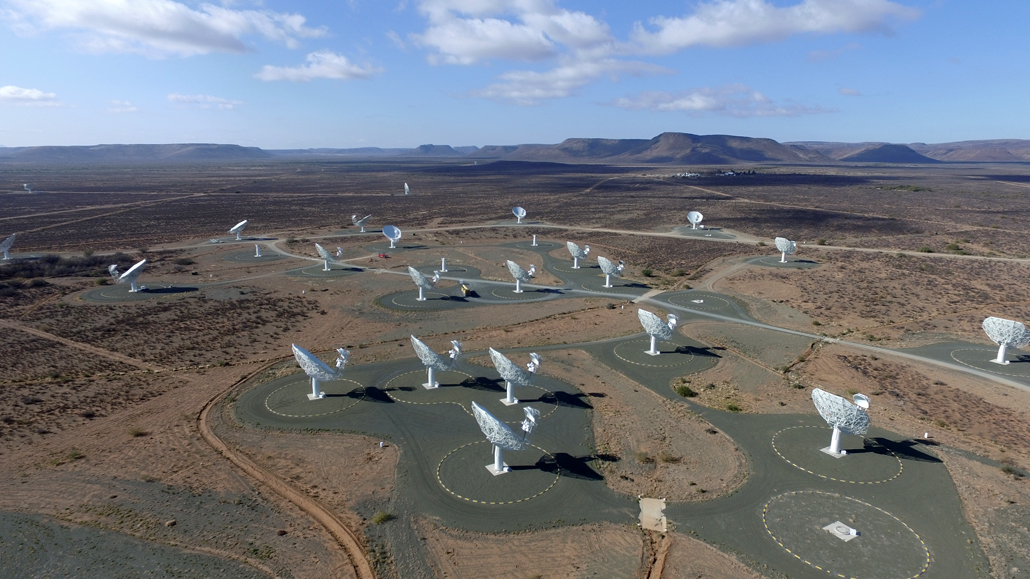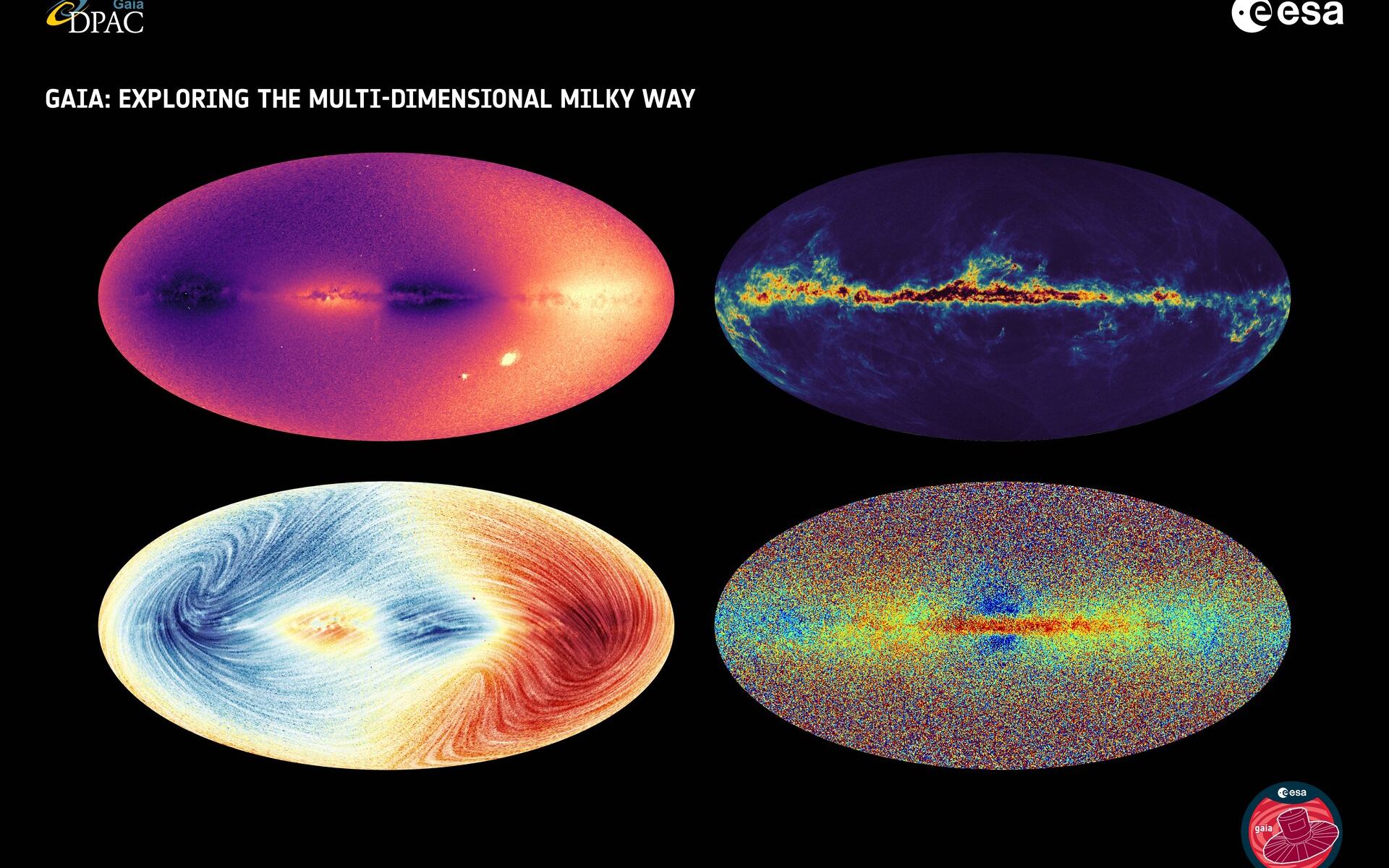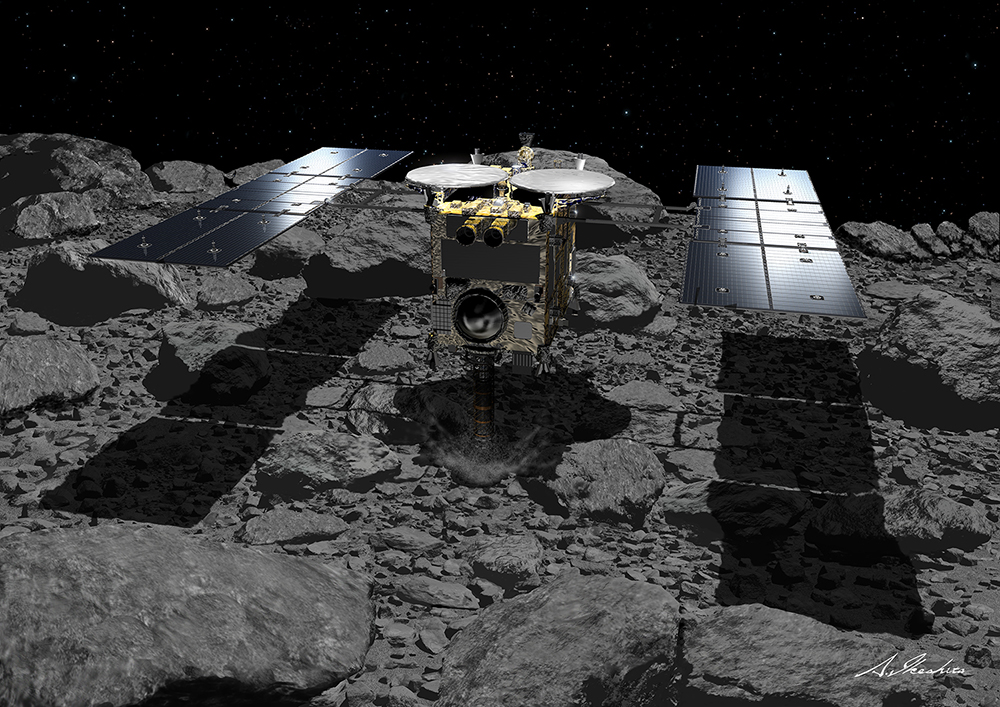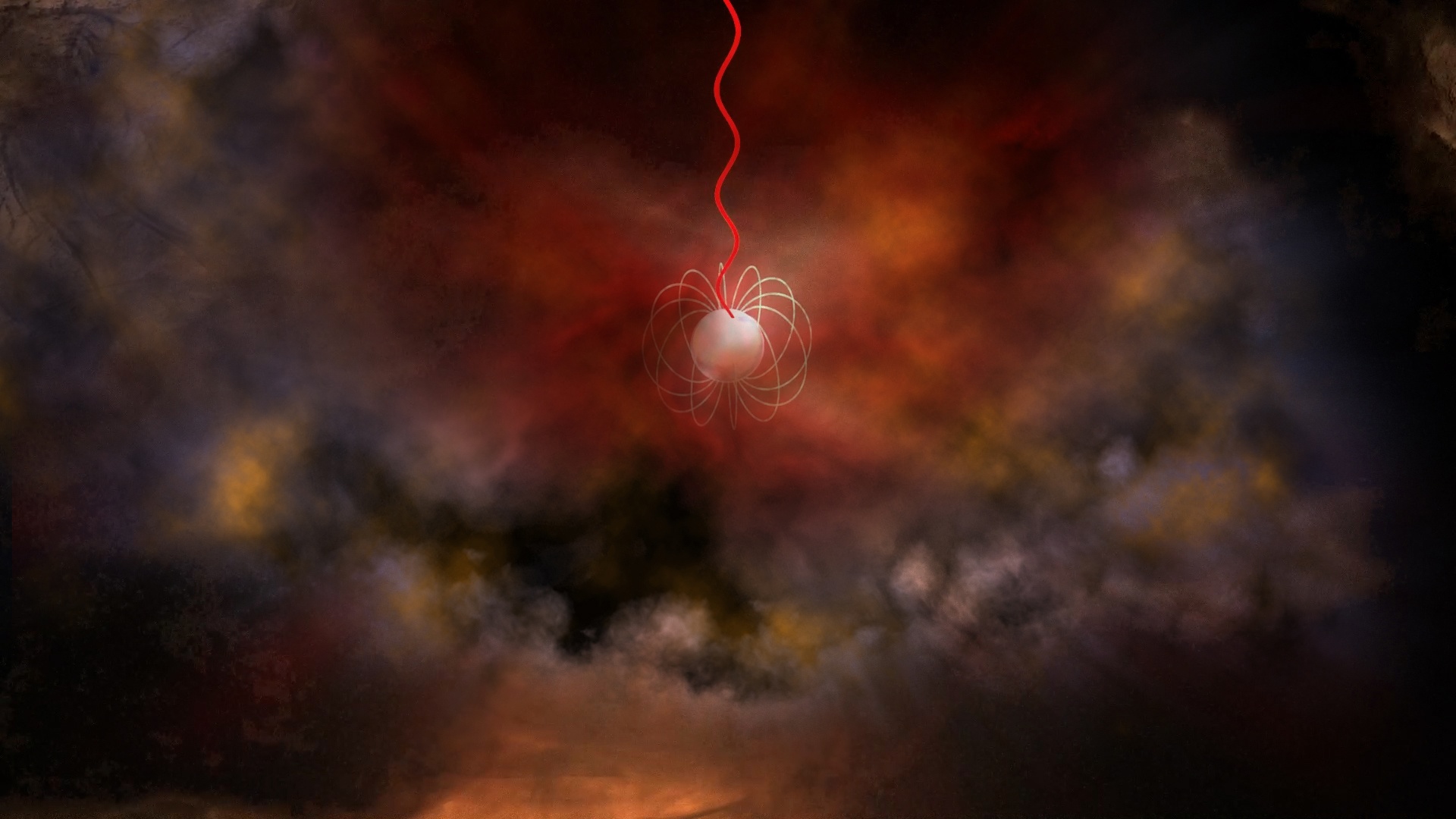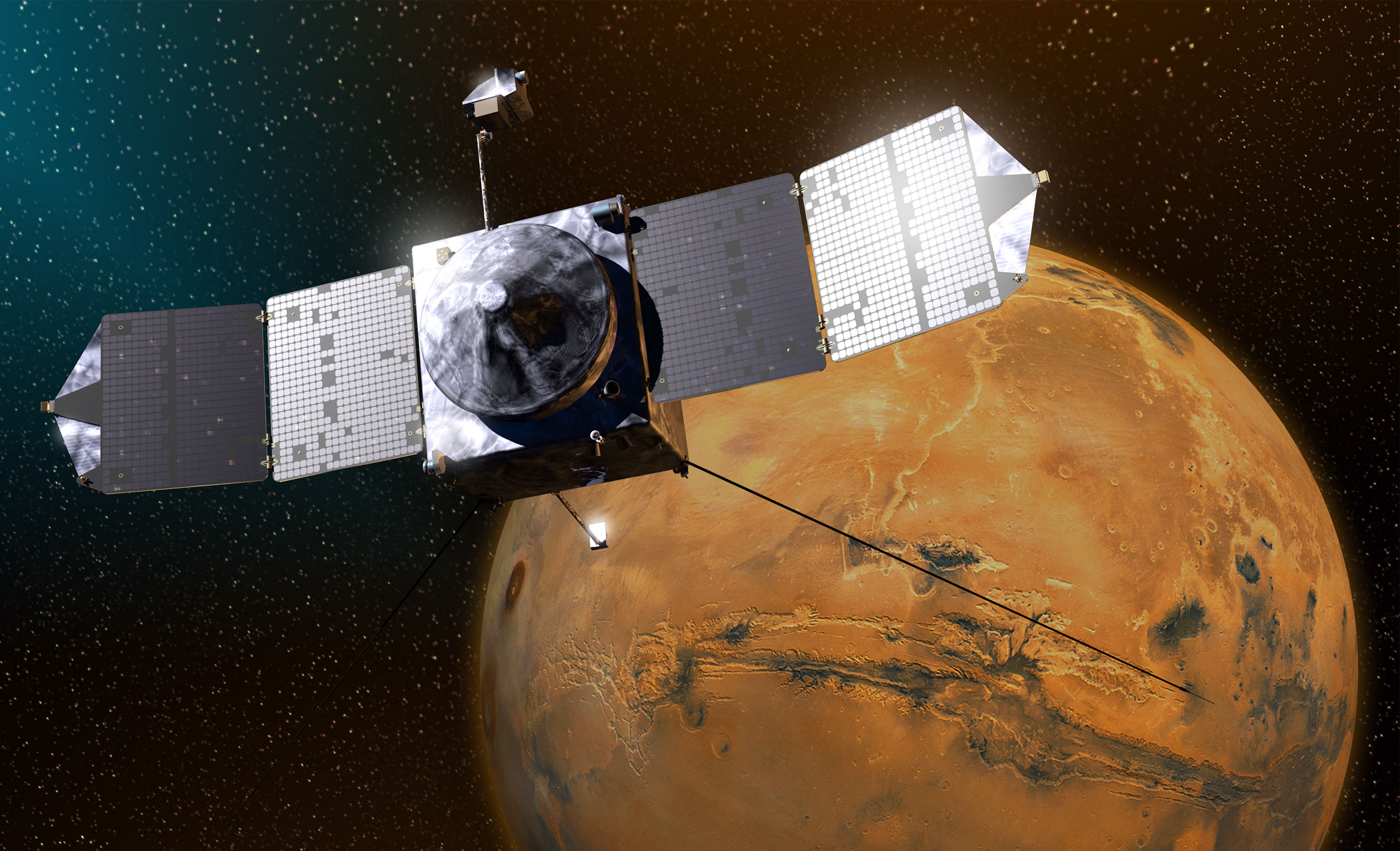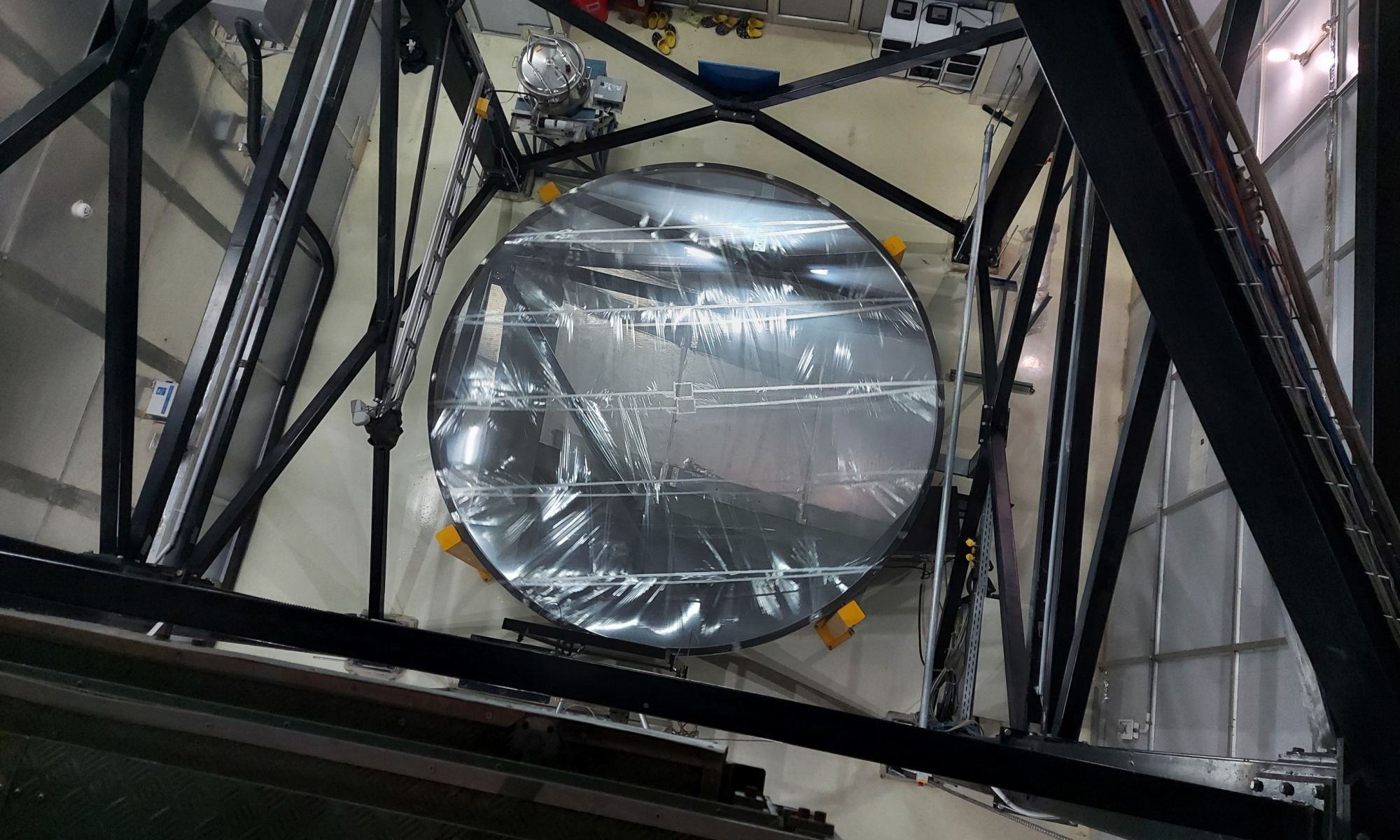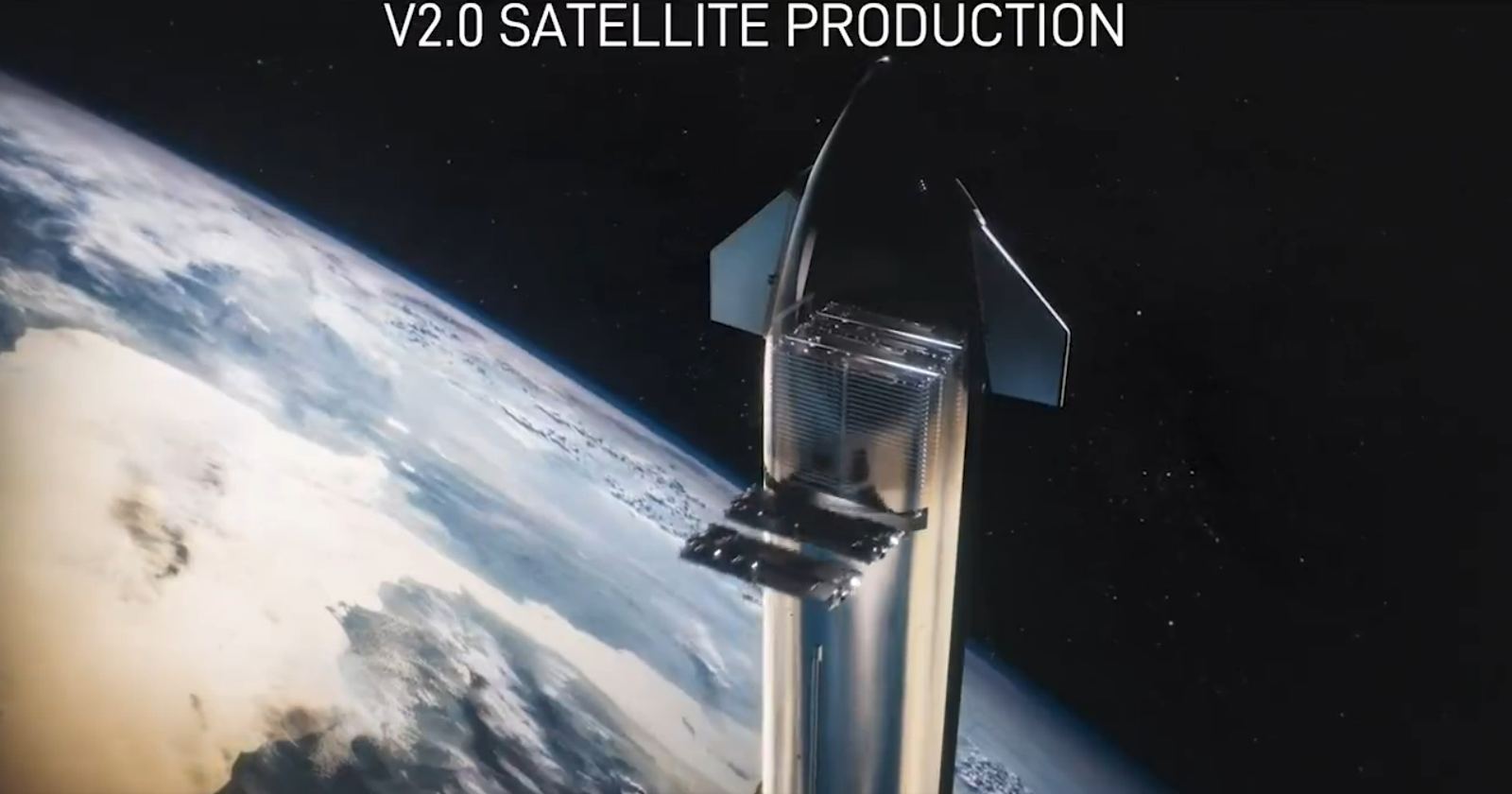Located in the Northern Cape of South Africa, the MeerKAT telescope consists of 64 powerful radio antennas dedicated to probing the mysteries of the Universe. This facility is a precursor to the future Square Kilometer Array Observatory (SKAO), which will consist of MeerKAT and the Hydrogen Epoch of Reionization Array (HERA) in South Africa and the Australian SKA Pathfinder (ASKAP) and Murchison Radio-astronomy Observatory in Australia. A primary aim of the SKAO is to understand the matter content of the Universe and what mechanisms are driving its evolution and expansion.
The best way to do this is to observe the structure of the Universe on the largest of scales, where astronomers can observe the distribution of galaxies, the nature of gravity, and the role of dark matter and dark energy. To this end, an international team of astronomers has combined the power of MeetKAT’s 64 radio telescopes to detect faint signatures of neutral hydrogen gas across cosmological scales. The resulting accuracy and sensitivity provide a demonstration of what the SKAO will be able to achieve in the near future.
Continue reading “64 Radio Telescopes Come Together to act as a Single Giant Observatory”
